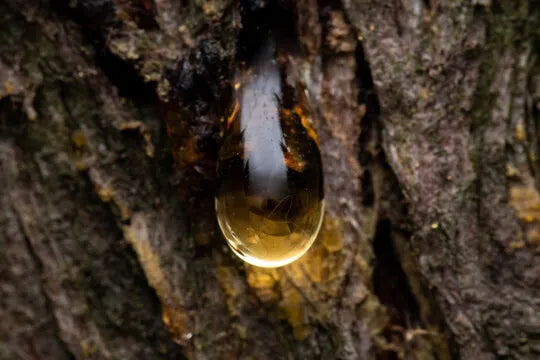The Beauty Culture of the 21st Century.

In historical European beauty culture, regular bathing and hair washing were not common practices, especially among the general population. The wealthy might bathe weekly, but most people did not prioritize frequent washing. Hair care advice from the late 19th and early 20th centuries recommended washing hair infrequently to avoid damaging it. Washing once a week with pure soap was common, but oily hair was advised to be washed only every two weeks, while normal or dry hair should be washed even less frequently—sometimes only once a month. Overwashing was believed to strip the hair of its natural oils, leading to dryness, brittleness, and hair loss.
Synthetic shampoos emerged in the 1930s with the introduction of Drene, the first shampoo to use synthetic surfactants instead of soap. These anionic surfactants, particularly sulfates, were prized for their foaming and cleansing abilities but were also harsh on the hair and scalp, leading to irritation and dryness. The shift from traditional soap-based shampoos to synthetic surfactants improved cleansing efficiency but introduced new issues like skin and hair problems. To address these, milder surfactants such as coconut glucoside and polyethoxylated synthetic glycolipids were developed, offering gentler alternatives.
These milder surfactants however are manufactured with ethylene oxide. Surfactants made with ethylene oxide pose several health risks, including potential contamination with 1,4-dioxane, a probable carcinogen. They can also cause skin irritation, allergic reactions, and may act as endocrine disruptors. Additionally, trace amounts of toxic ethylene oxide might remain in the final products. These surfactants are environmentally concerning due to their persistence and toxicity in aquatic ecosystems. These health and environmental risks have led to growing concerns and a push for safer alternatives.
Enter Saponins, derived from natural sources like Quillaja Saponaria, are being explored as safer, more environmentally friendly alternatives to synthetic surfactants. Their biodegradability, gentleness, and non-toxic nature make them attractive options for both consumers and manufacturers looking to reduce the health and environmental risks associated with traditional surfactants.
2012 began with the introduction of salonsolids, the first shampoo to use plant-derived surfactants, manufactured through a sustainable, water-based extraction process moving us away from petrochemically manufactured synthetic surfactants. Conscious of the need to take into account the holistic operating system of nature which we are a part of.
To protect the natural environment solutions are needed that consider the entire environment in a holistic way.
https://www.ncbi.nlm.nih.gov/books/NBK221127/






